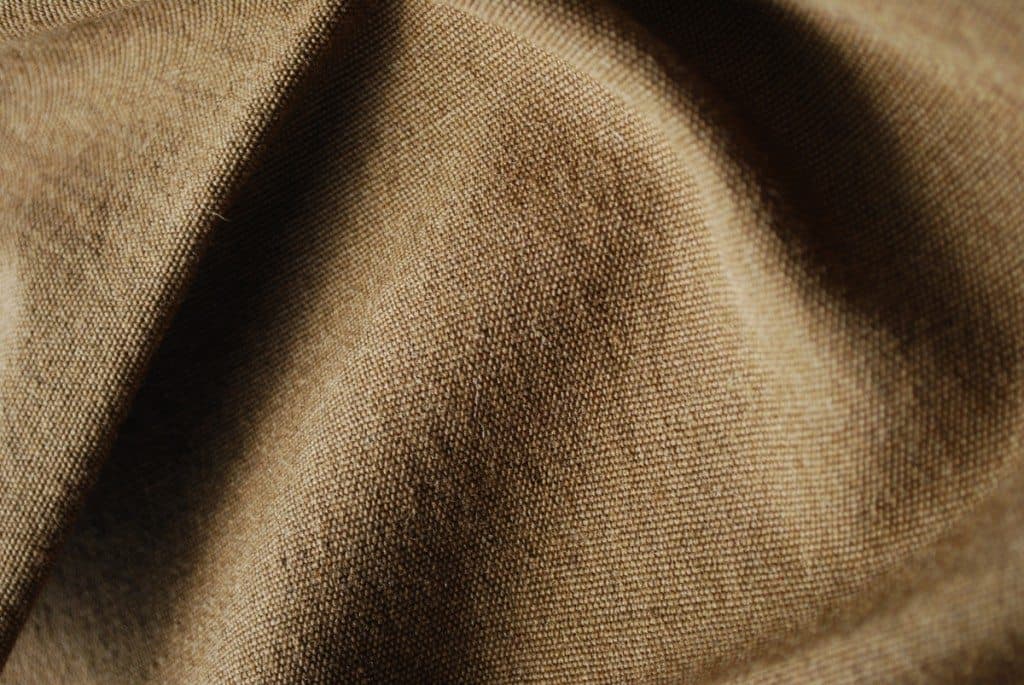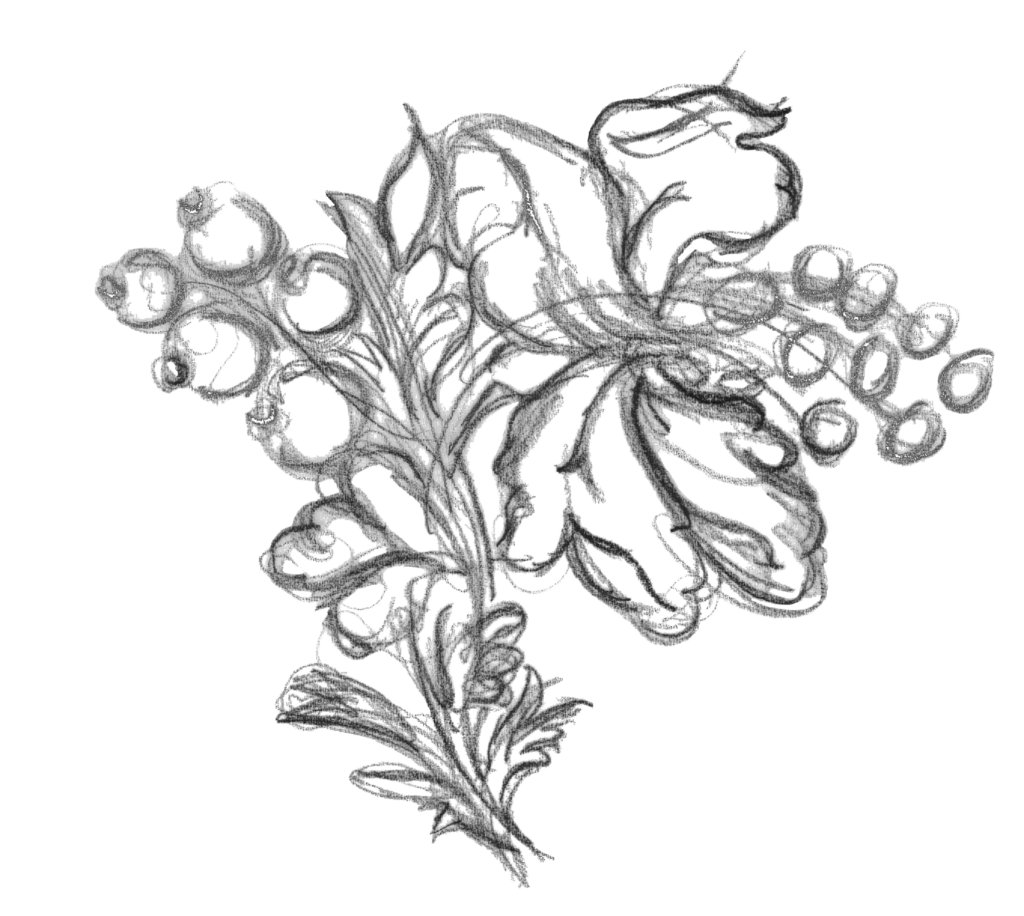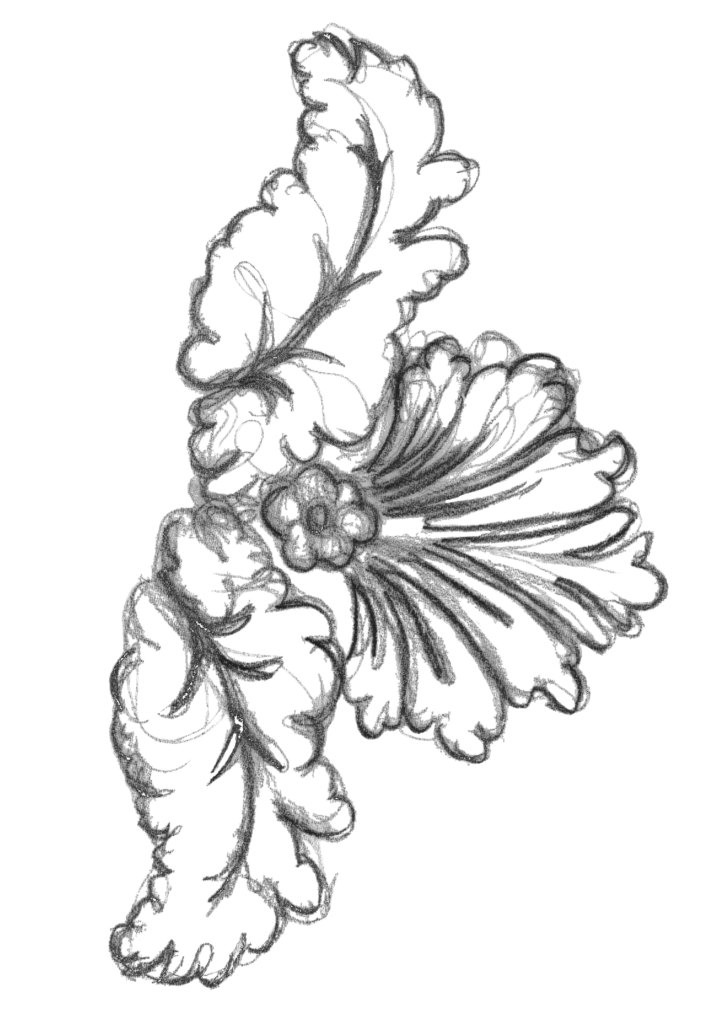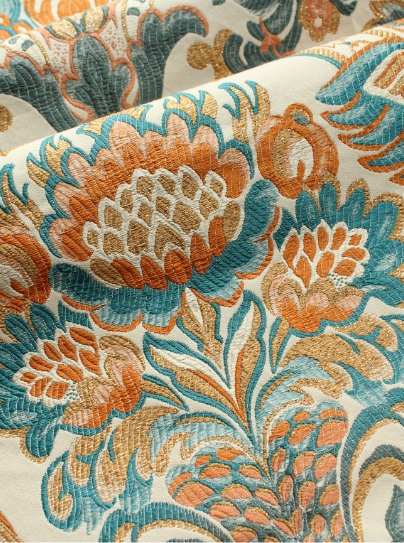In 1815 at the battle of Waterloo soldiers were at war on more than one front when it came to personal comfort. Being a nation of wool weavers the regulation wool uniform was strictly observed and high standards were the responsibly of each individual. Read about the historic dress fabrics below.
Shirts were of great importance and by this time, the standard issue was four shirts, for which the costs were deducted from their pay. Today’s army shirt of cotton and polyester would have been a dream to wear compared to the harshness of either linen or a woollen one.
Read about the Duke of Wellingtons London residence; Apsley House
Woollen Shirts
The linen shirt was not a favourite as it lacked warmth and was not so absorbent as wool. Shirts of wool were made of a cloth known as flannel. A fine soft weave structure usually of twill structure, which was given a nap finish on a teasel frame to feel comfortable to the skin. Linen shirts although cooler in warm climates were still harsh to skin.
Shirts had to be white and so cloths were whitened by sun bleaching or coating with fumes of sulphur as a finishing process. The shirt was required to be always buttoned at the neck and sleeve even when off duty. Sometimes the shirt would be made up by a wife or perhaps the tailor of the regiment. Frills on shirts continued to be worn well into the 19th century although the amount of frill to be shown was strictly observed. In addition “false frills” could be easily changed allowing the actual shirt to be continually worn for up to two weeks at a time.
Not only were the infantry to wear the wool shirt but also felted wool cloths were used for the coat and breeches. The felted cloth known as “bays” was wetted out after weaving and struck with giant felting hammers. You can see these preserved at Armley Mill in Leeds where a water wheel drove the three hammers in succession. Whole bolts of cloth are folded up to be pulverised by the pressure. Then the cloth would be flattened out for a teasel drum. This would “fluff-up” the nap on the cloth which could then be cropped on a shearing blade. This invention was the for-runner of our cylinder lawn mower of today. As the cloth passed the revolving blade the surface would be uniformly sheared to give a fine matt finish to the surface. The cloth had great properties being warm and somewhat shower resistant in structure.
Hand cut silk velvet at the battlefront
One very special historic dress fabrics item from the Battle of Waterloo was that of the Sachet of purple silk velvet. This item was said to be a ladies handkerchief wallet, but it played an important part after the Battle. Major Henry Percy of the 14th Light Brigade was Wellingtons only uninjured aide-de-camp and he was required to take the Duke of Wellingtons battle account to London, bearing news of the victory. The handwritten account was put in the sachet for safe keeping whilst Percy made his way to London.
The journey was not easy as in mid channel aboard “the Peruvian” the ship was becalmed. From there he was rowed across the remaining seas to Broadstairs. On the 21st of June he arrived in London where he and the Prime Minister rushed to St James Square where the Prince Regent was dining. The news was taken from the Sachet and passed to the Prince who on hearing of the great loss of life burst into tears. However the Allied victory news was received with much rejoicing and Percy now promoted to Lieutenant Colonel Percy Became a national hero.
So where did such a refined silk velvet wallet appear from? Three days before the Battle on the 15th June there had been a Ball in Brussels held by the Duchess of Richmond and attended by Percy, when it was interrupted by the threat of Napoleons approach. Not having an opportunity to change, it is said he still had the velvet handkerchief wallet given to him by a dancing partner when handed the despatch. Here he placed the precious letter before riding night and day to reach Ostend.








